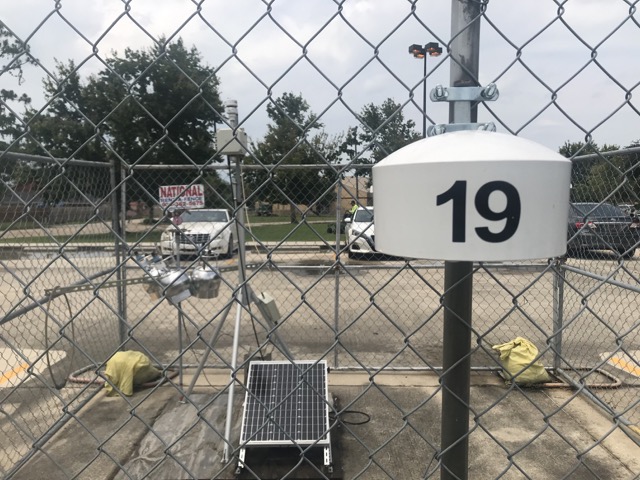Another Coast
Elle Thoni (2023)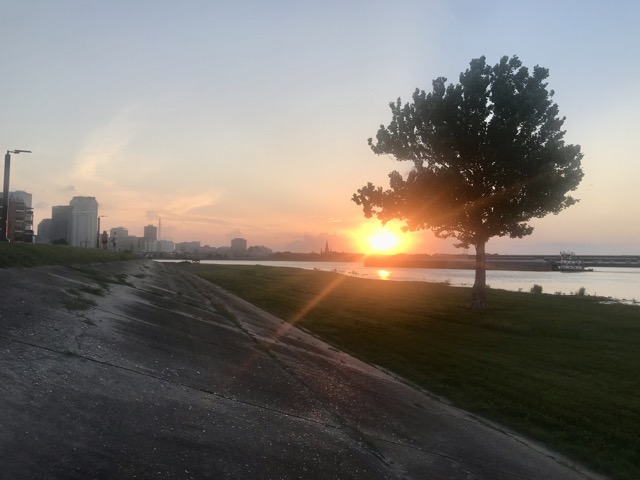
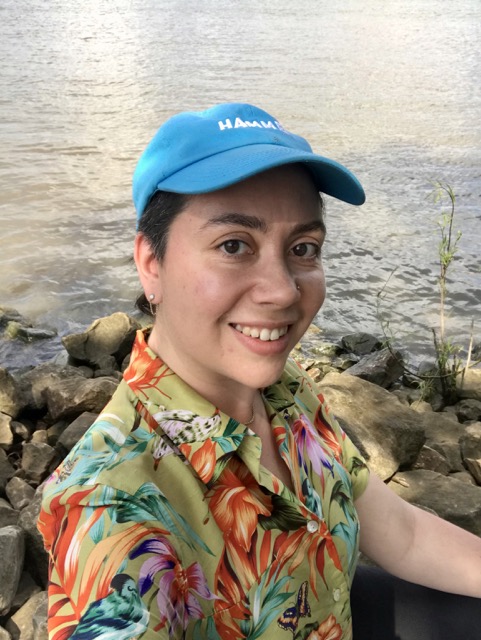
“So these communities are sandwiched between the hurricane protection levees and the Mississippi River levees. So starting from about here down, there’s two sets of levees. There’s one to keep the river in, and then one to keep the hurricane out. Which, if anything happens to the river, now you have a lake in between the two levees.”~ David Baker, Ecologist
In May 2023, MFA ‘24 Dramatic Writing candidate Elle Thoni traveled to the native lands of the Choctaw, Houma, Chitimacha, Biloxi and other Indigenous Peoples of New Orleans and surrounding areas to investigate how intertwined climate change and extraction economies are impacting the human and more-than-human communities of the Mississippi Delta. Field research and guided tours with scientists, as well as explorations of artists working at the intersection of climate +culture in NOLA will inform the creation of a new opera(currently untitled) about a whale that gets blown up theMississippi River during an extreme storm event in the Gulf.Born and raised on Dakhóta homelands near the MississippiRiver headwaters, Thoni hopes this future opera can be a creative channel for conversation between Mississippi River communities resisting extraction and dreaming up new possible futures, from the Headwaters to the Delta.
PRELUDE: A SOUNDSCAPE
We invite you to listen to this 4 minute soundscape snapshot of Thoni’s New Orleans travels, compiled from curated interviews and field recordings and edited by Ray Kathryn Morgen (MFA25′ Sound Design). The featured interviews are from DavidBaker (Act II) and Wilma Subra (Act I).
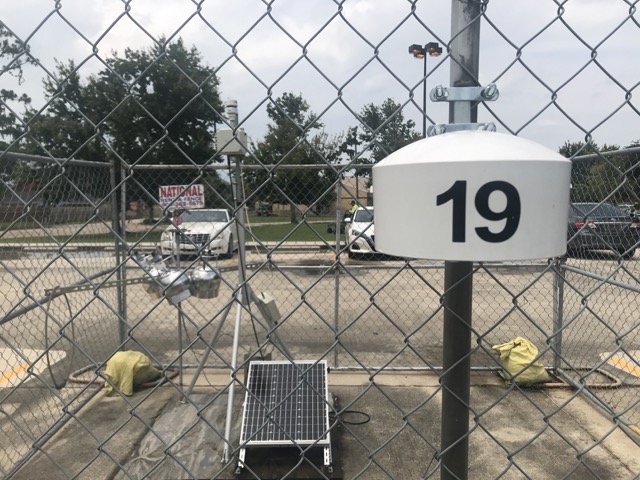
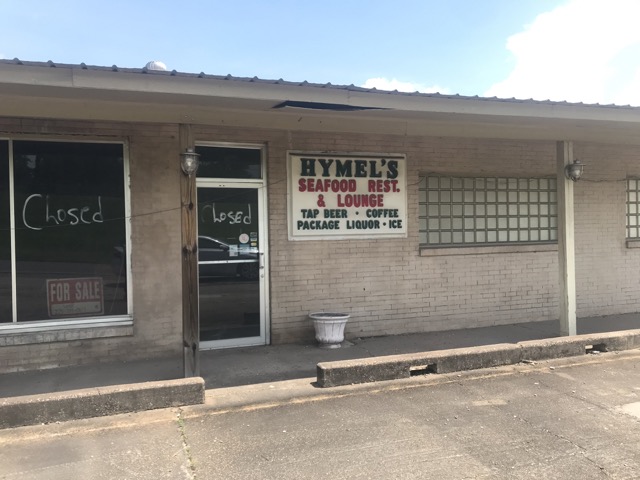
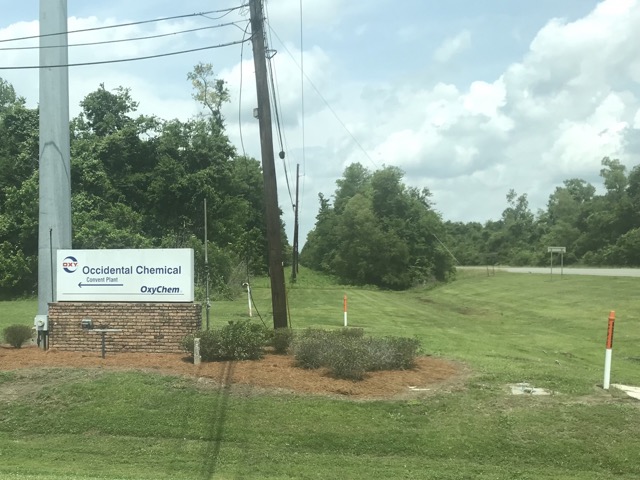
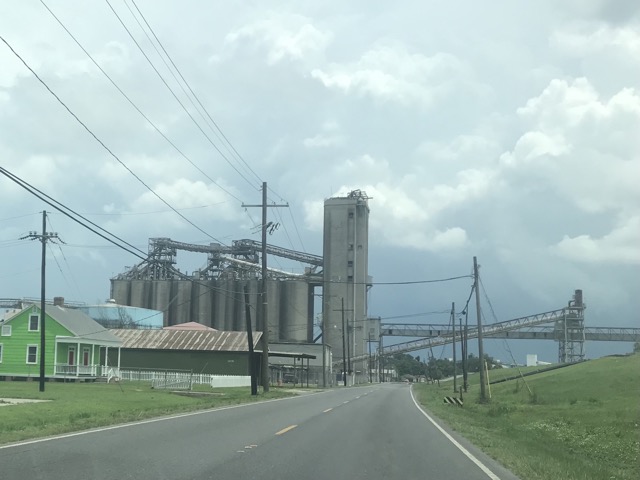


ACT I: YOU ARE MY SUNSHINE – THE LEGACY AND FUTURE OF CANCER ALLEY
MacArthur-winning chemist and environmental health scientistWilma Subra gave Thoni a day-long tour of the communities that she’s been working in for decades along the “Mississippi RiverIndustrial Corridor,” an 85-mile stretch between New Orleans and Baton Rouge – more famously known as Cancer Alley.Once referred to as “Cane Row,” you can still gaze upon green plantations of sugar cane, only now many of them are owned by the 200 resident chemical and petroleum industrial plants that use the river as easy shipping access. The predominantly Black fence line communities along the plantations are left to weigh their long history with a toxic present. Driving along River Road, Subra showed Thoni an uncovered mountain of yellow sulfur, entire stretches of highway coated red from toxic aerial discharge, and hillsides actively being reshaped into carbon sinks, a popular corporate greenwashing strategy that concentrates industrial waste – leaving these vulnerable communities at an even higher risk of disaster. For decades, Subra has been working with community members to gather and disseminate reliable data about air, water, and soil contamination levels — even when the EPA itself refused to publish the full extent of their findings. Despite ongoing community monitoring and advocacy, the air is still some of the most carcinogenic in the country, leaving many questions about what the future of Cancer Alley will look like for its residents.

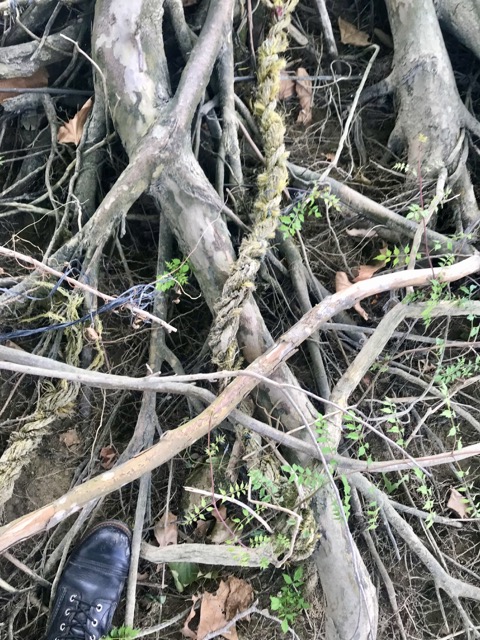
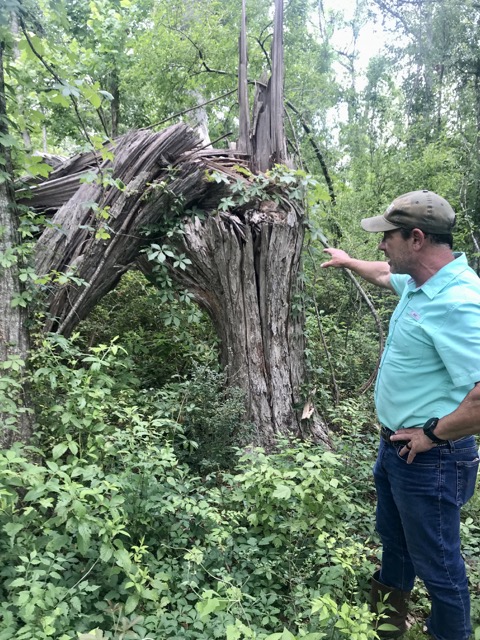
ACT II: THE SHRINKING FOREST — A NEW ORLEANS FOREST STORY
Thoni was also fortunate enough to spend a day with David Baker, a scientist with Tulane University’s ByWater Institute and resident ecologist with arts + climate hub A Studio in the Woods. Baker gave Thoni a tour around the Studio’s property — formerly “in the woods,” now becoming an entirely different kind of ecosystem. Baker explained how invasive species and fungal tree diseases along with the increased frequency of storms has devastated the native forest’s natural ability to regenerate itself. The forest canopy has been shrinking since the settler clear-cutting of old growth, and the reduction of time between major hurricanes from 20 to 5 years has compounded the problem. By early afternoon, the Studio company retreated indoors to escape the sun exposure left from the missing canopy. Baker described that after years of just trying to remove the “bad stuff” from the environment – thriving invasives – he had to make peace with planting more salt-tolerant tree species like Cypress to give the forest a more graceful transition to its next life as a marsh. This left Thoni to wonder: how does our role change with our climate? And how do we reorient ourselves when our environments are evolving more rapidly than we are?
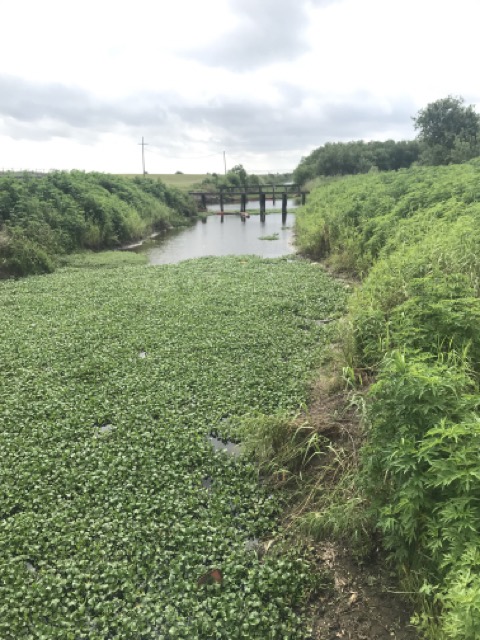
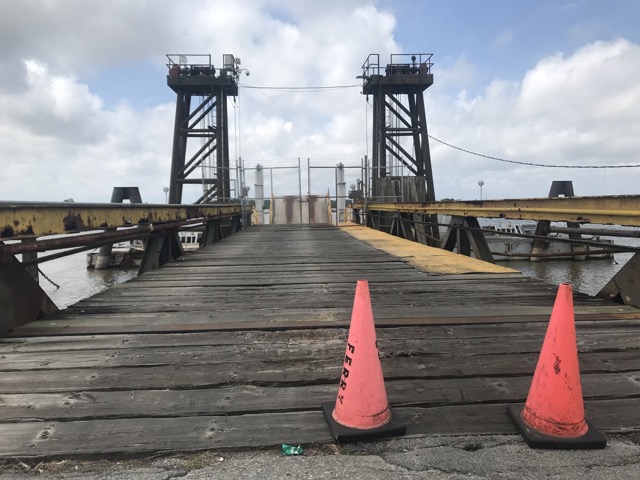


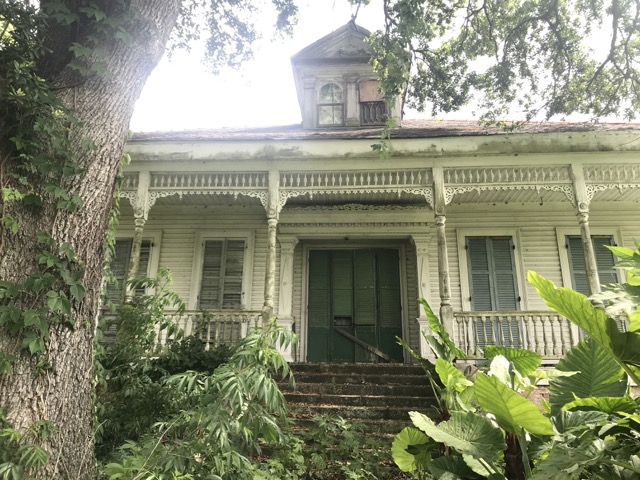
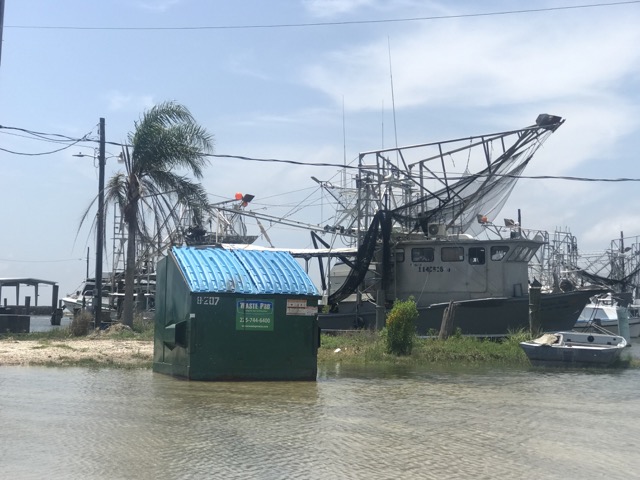
ACT III: “THERE IS NO END OF THE MISSISSIPPI RIVER”
This is something that filmmaker Tricia Towey once told Thoni about the Mississippi River Delta. Still, Thoni, ever the skeptic, took a drive south of New Orleans endeavoring to find the southernmost point of the Mississippi River. While they were hoping for alligators, what they encountered instead was far less familiar to them: entire communities bracing for the next hurricane. Those who could afford it had hoisted their houses up on stilts, while community centers and schools were built like bomb shelters. Traffic was slow due to the construction of a giant sea wall to protect the remaining oil refineries that dotted the highway down to Venice, Louisiana. Just like the Mississippi River itself, it seemed as though the extractive industry didn’t end, and indeed continued out past the shore. How do we imagine a future beyond extraction? What energy can be reclaimed from letting go of the way things used to and can no longer be? Can there be any equity in loss? How do we carry our most beloved traditions forward? Only time and our collective determination will tell.
List all Collaborators / Credits
CMU Collaborator: Ray Kathryn Morgen (MFA ’25 Sound Design)
Featured Scientist Interviews
David Baker, Tulane Bywater Institute (New Orleans)
Wilma Subra, Louisiana Environmental Action Network (Cancer Alley)
